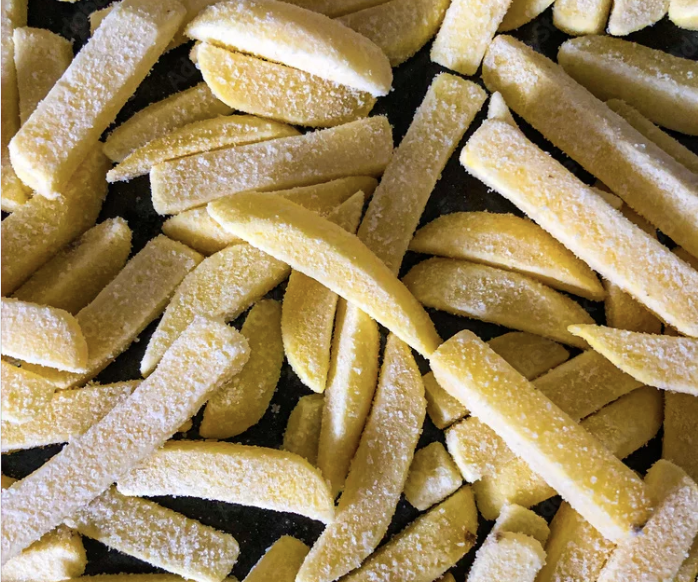The Importance of Freezer Storage
Fridges and freezers are both used to keep food and perishable goods fresher for longer, with freezers being designed for long-term storage of meats, prepared meals, and other ingredients. A commercial freezer is one of the most important appliances used in a professional kitchen, with freezers often storing hundreds, if not thousands, of pounds worth of stock.
In today’s fast-paced kitchen environments, adaptability is key. With increasing demand for efficiency and consistency in food prep, frozen food has become a staple in many commercial kitchens. That’s why it’s more important than ever for operators and kitchen staff to maximize the performance of their freezers. To support this, we’ve put together this guide packed with the ultimate freezer storage hacks. No matter the size, style, or contents of your commercial freezer, these top tips will help ensure you’re getting the most out of your storage space.
How to Store Freezer Food Safely
1. Get the temperature right
Storing food at the right temperature is key to keeping it fresh and good for future cooking. As a legal guideline, frozen food should be kept at around -18°C. It is also important that you don’t overstock your fridges or freezers, as this can prevent proper circulation of air, causing hotspots where food may not be kept at desired temperatures and bacteria can grow. You should always monitor the temperatures of your storage areas, including fridges, freezers, cold rooms – you can do this by using a wall-mounted thermometer.
2. Store meat at the bottom of the fridge
It is important to store your meat at the bottom of fridges, freezers or on the bottom shelves of storage racks in cold rooms. Storing meats at the top of shelves increases the risk of contamination as meat juices can easily drip down on other foods.
Ideally, where possible separate fridges and freezers should be used for storing raw meats and ready-to-eat foods to prevent any potential physical contamination.
3. Rotate stock
Rotating stock is crucial in any kitchen. Using a first in, first out system ensures that food closest to its ‘use by date’ is used first to avoid food wastage. This simple, yet very effective storage method stops old food from being left at the back of shelves or in the bottom of freezers. It also aids in reducing your food waste, as kitchens should be using everything before it goes off and will know exactly what stock they have still to use until having to order more.
4. Keep food labelled
Labelling all stock as soon as it arrives with important information such as use-by dates is an inexpensive and efficient way to organise your food storage. Labelling will also aid with your stock rotation system and control of inventory. Food labels can also be used to separate potentially hazardous foods, such as allergens.
![]()







